Network-attached storage (NAS) devices have become central to home labs and small office setups, acting as backup solutions, media servers, self-hosted Docker app platforms, and whatnot. But in the rush to set them up and get them running, we often overlook basic security hygiene. While NAS makers have improved default configurations quite a bit in recent times, we often tend to leave some gaps that could potentially expose our data. Whether you have a branded NAS or an old PC brought back to life with TrueNAS, it’s worth finding and reconsidering the blind spots.
Here are some of the most common NAS security myths and what you can do to avoid them.
7 The NAS is safe because it’s at home
Your router could snitch, too!
This is among the most common myths around NAS. It is often believed that a private IP address behind your router provides adequate protection to your NAS. However, many consumer routers ship with UPnP (Universal Plug and Play) enabled, which means apps and devices can silently request port forwarding without user consent.
If your NAS software or third-party app enables remote access, it may automatically open ports, potentially exposing sensitive NAS settings to the internet. Many users only realize this after an incident happens. A simple fix is to disable UPnP on your router and keep an eye on any open ports so that only required and trusted ones are forwarded.
6 A strong password is enough
It’s a great start, but surely not enough
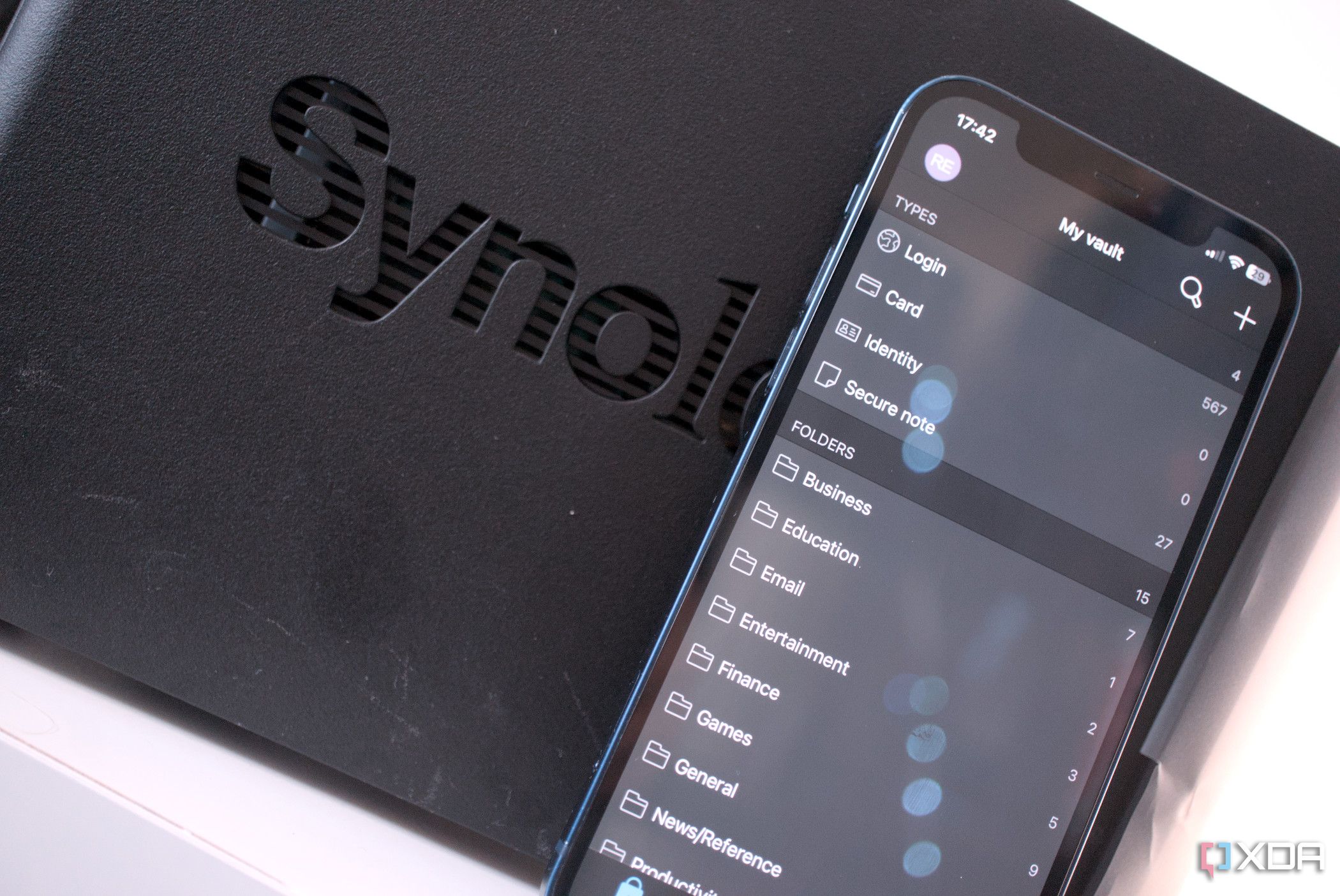
A strong password definitely helps, but it’s not a reliable security strategy on its own — it needs another security layer. NAS devices are often left online 24/7, making them an easy target for brute-force attacks to access admin accounts if leaked passwords are reused. Without two-factor authentication (2FA), a single password is all that stands between an attacker and your data.
If your NAS supports 2FA (which most NAS operating systems should), enable it for all admin and remote-access accounts at the very least. You can go a step further and disable external login access entirely or limit it to selected IPs while routing remote connections only through a secure VPN.
5 Enabling remote access is harmless
Trusting a remote access provider isn’t always safe
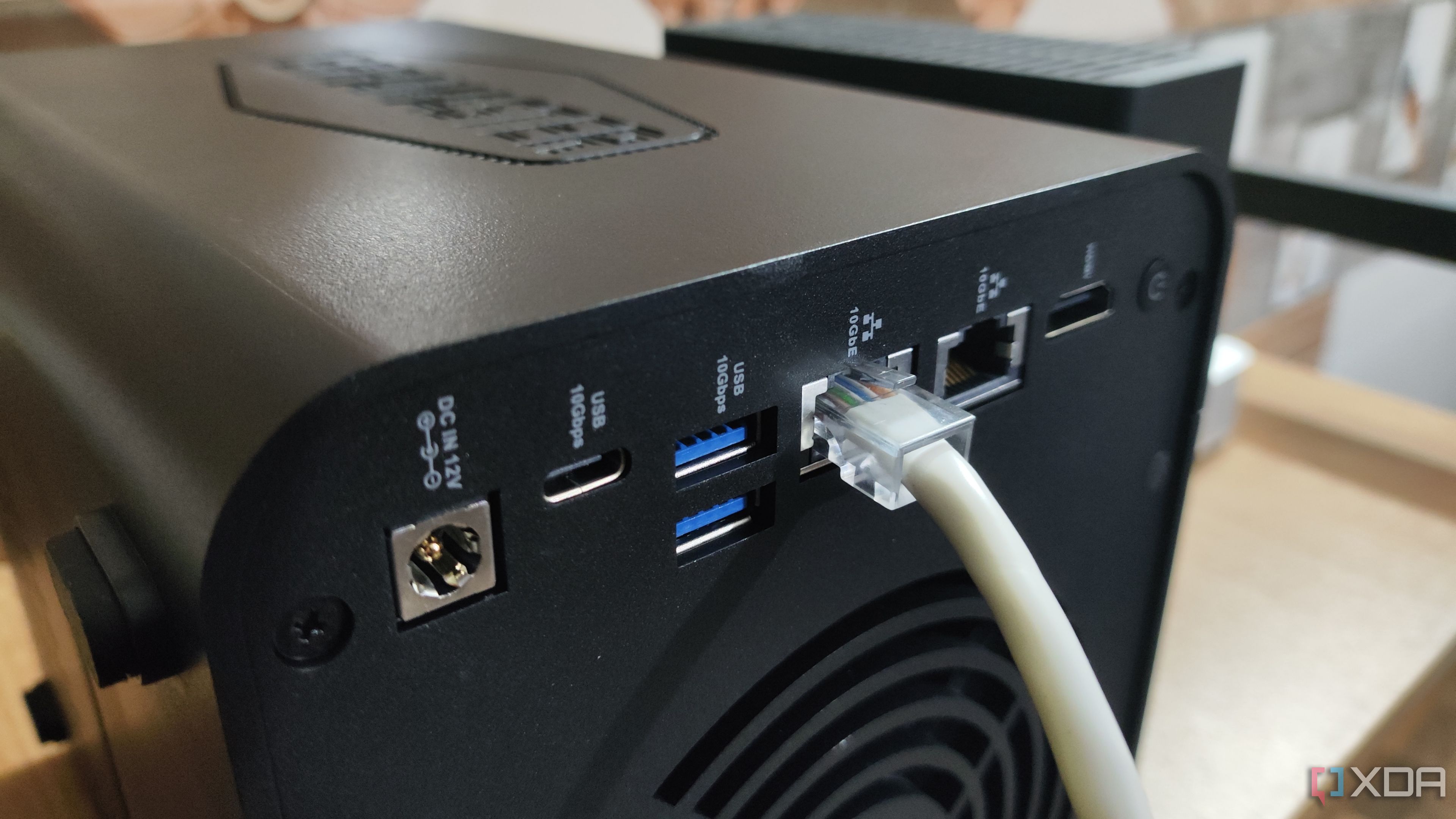
Many NAS brands offer their own cloud access tools, like Synology’s QuickConnect and WD’s MyCloud, which aim to simplify remote access for end users. However, trusting the vendor doesn’t eliminate the risk entirely.
These services often rely on an intermediary server to provide remote access, and if those get compromised or misconfigured, your NAS could be exposed. That’s especially true since these services are often tied to your Synology or WD account, making matters worse. Instead of relying on these solutions, consider self-hosted alternatives like Tailscale offering encrypted, peer-to-peer access without exposing your NAS to the open internet.
4 User permissions are unnecessary
Your only admin account could land you in trouble
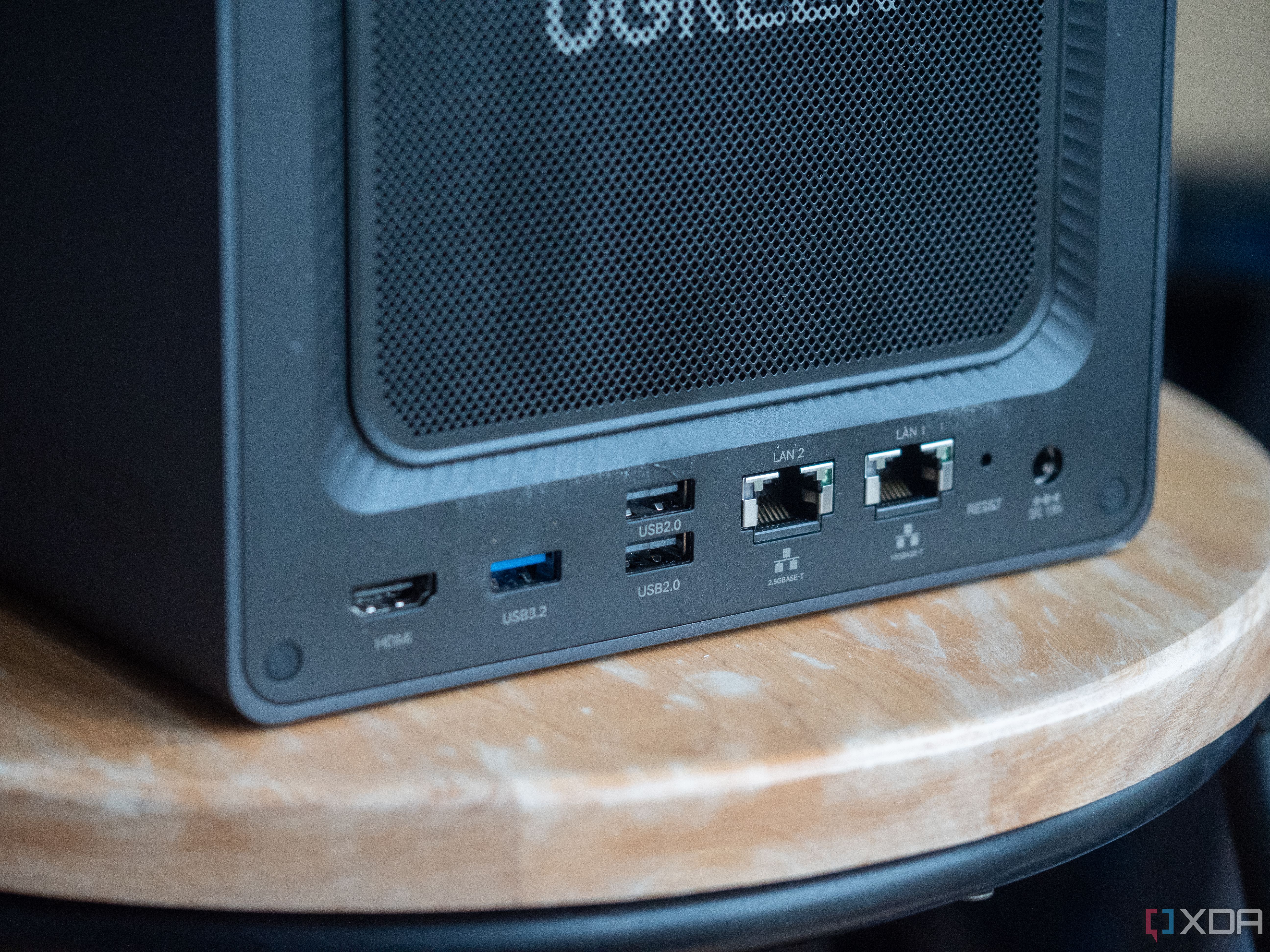
Just because you’re the only person accessing your NAS doesn’t mean all activity is under your control. Many NAS apps run background processes, and some of those often require broad file access to function properly. That could be exploited if everything runs under a single admin account with full access.
A minor mistake in the admin account configuration or a compromised app can prove harmful to your critical data. A sensible way to navigate is to follow the principle of least privilege. Consider creating separate user accounts for different services if that doesn’t break your workflow, restrict write permissions where possible, and regularly audit shared folders. And most importantly, keep your main admin account separate from your everyday account.
3 Backups are for data loss, not security
One myth that must be busted over and over
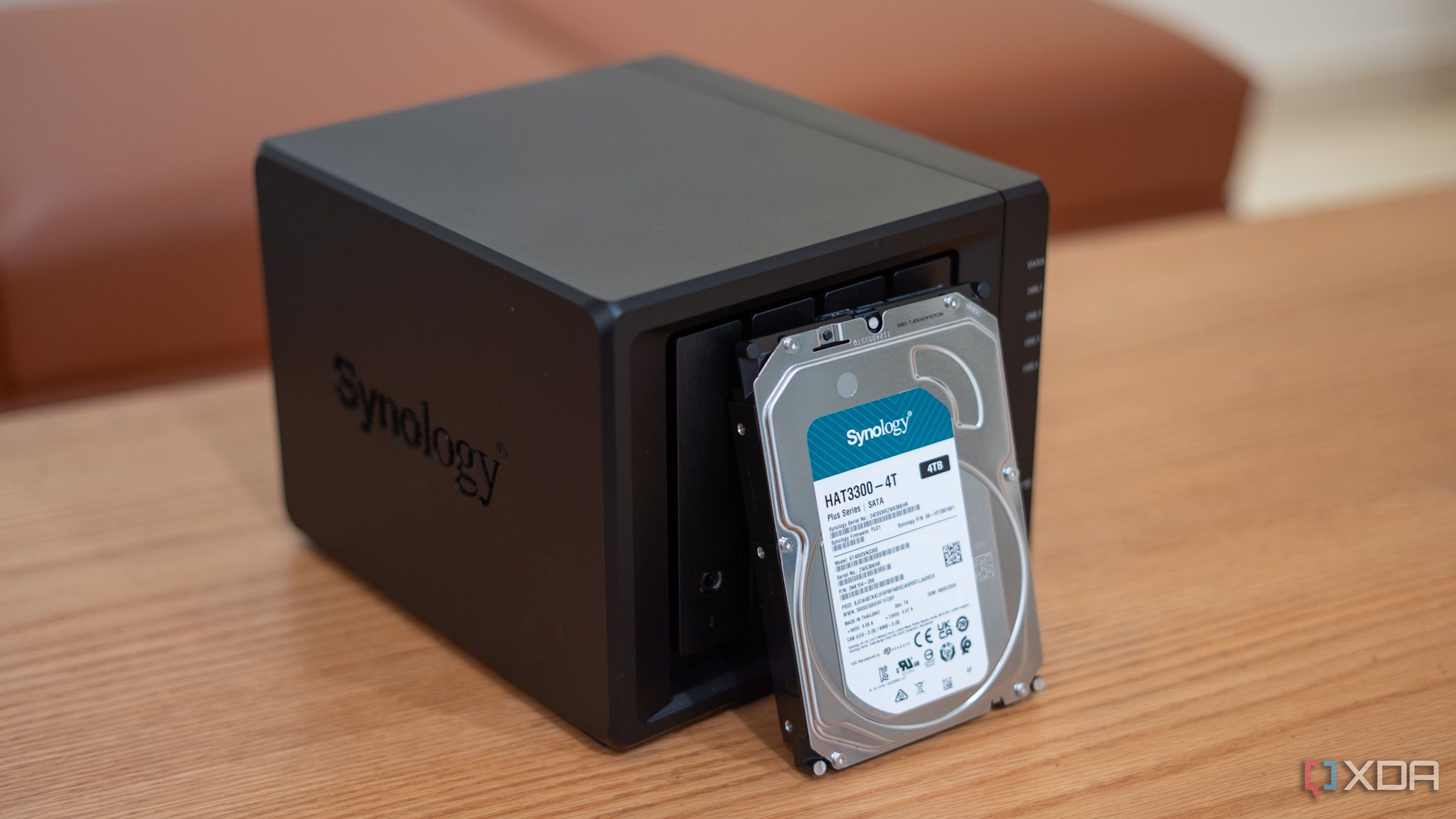
Backups are often seen as insurance against hardware failure or accidental deletion. Still, they’re just as important for data security, as a ransomware attack or accidental overwrite can also be as devastating. It could corrupt or encrypt your data for good. If you don’t have versioned backups, recovery becomes nearly impossible.
An ideal backup setup follows the 3-2-1 rule. It simply means there should be three copies of your data on two or more different devices, with at least one copy stored offsite. Some NAS platforms now offer snapshot-based protection for system-level versioning, protecting against major events like ransomware.
2 System auto-updates will keep everything secure
There is more to it than just OS updates
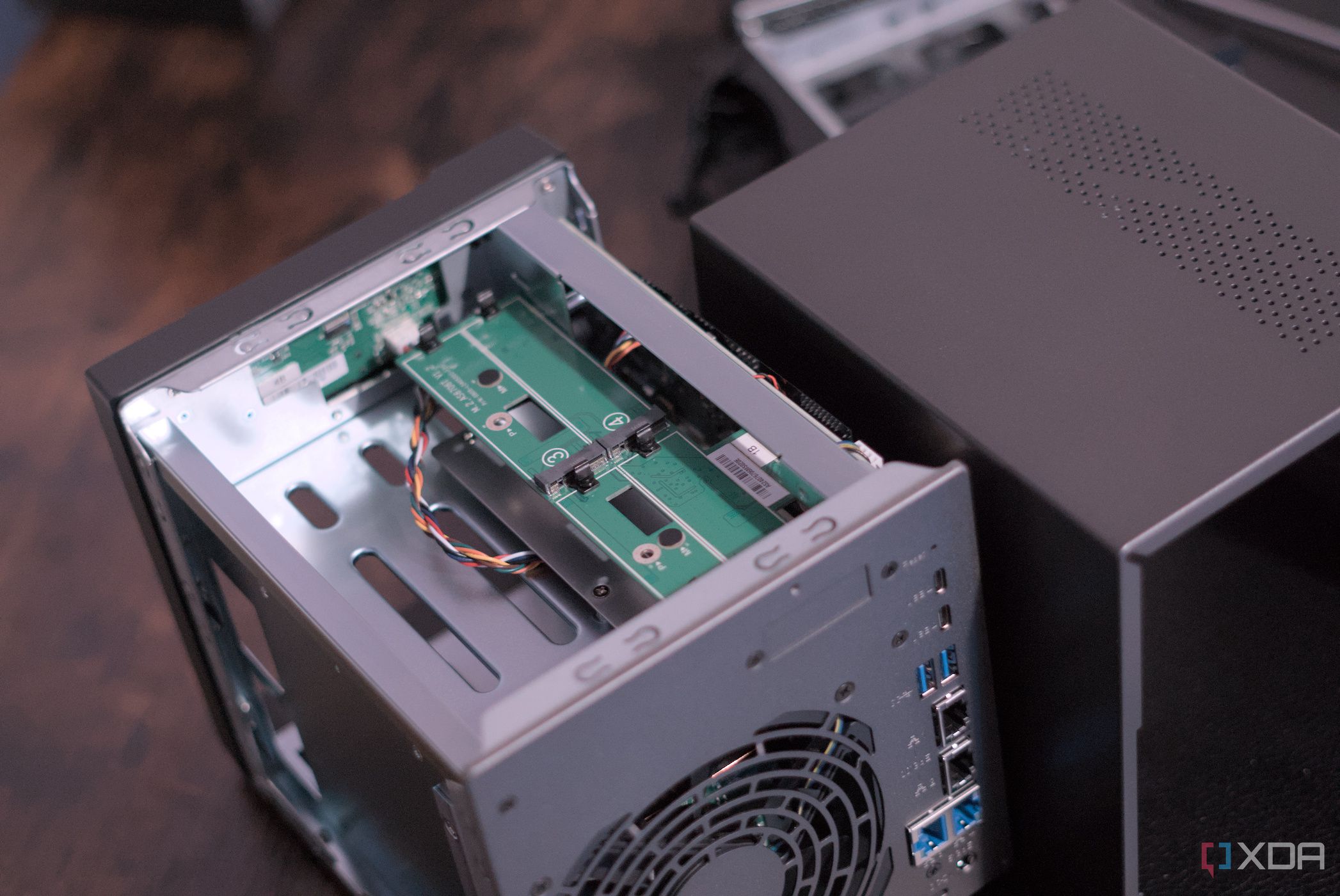
Auto updates are important for your system to patch zero-day vulnerabilities, or relying on auto-updates gives a false sense of security. While some NAS platforms offer automated updates for core services, they can sometimes delay critical patches to avoid breaking functionality. Worse still, third-party packages, like media servers and web apps, often require manual updates and aren’t patched as diligently.
Outdated plugins, Docker containers, and packages often need manual intervention. Make it a habit to check update logs and uninstall software you no longer use. If you're using containerized apps, regularly install security patches. It is wise to use auto-update as a convenience and not rely upon it completely.
1 Default settings are good enough
It's time to change the defaults
NAS devices are designed for ease of setup and use, which means many features are enabled out of the box, such as guest accounts, insecure protocols, and weak access controls. And these default settings are rarely optimized for security, let alone your own specific needs. Leaving them as is can expose your device in multiple ways.
As part of your NAS setup, go through every section of the admin dashboard and do some housekeeping. Disable Telnet and FTP, enable HTTPS, turn off guest access, and enforce password complexity with 2FA. Also, check which services are running and shut down anything you don’t actively use.
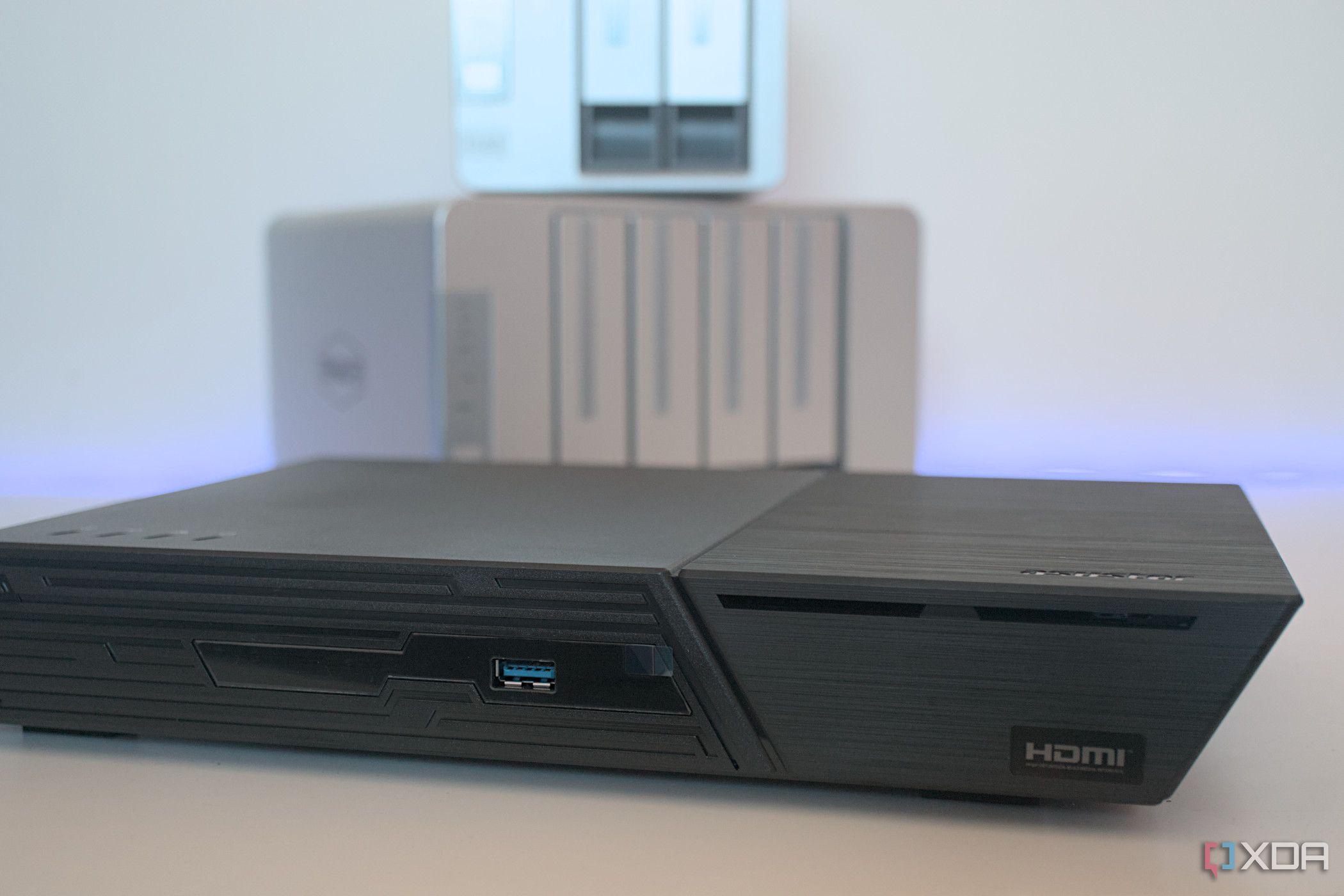
Related
5 things you should do after setting up your NAS
Here are some helpful pointers on what to do when setting up a NAS.
Your NAS, your way
A lot of NAS security issues arise from misconfigured remote access. While you can opt out of it entirely, it's an important factor why a lot of people get a NAS in the first place. You can avoid falling into those security pits by securely setting up remote access for your NAS so that only you and the users you manually authorize can access your NAS files from anywhere in the world without giving way to any external threats. The idea is not to limit your NAS or its use but to optimize it for maximum security without compromising on convenience.
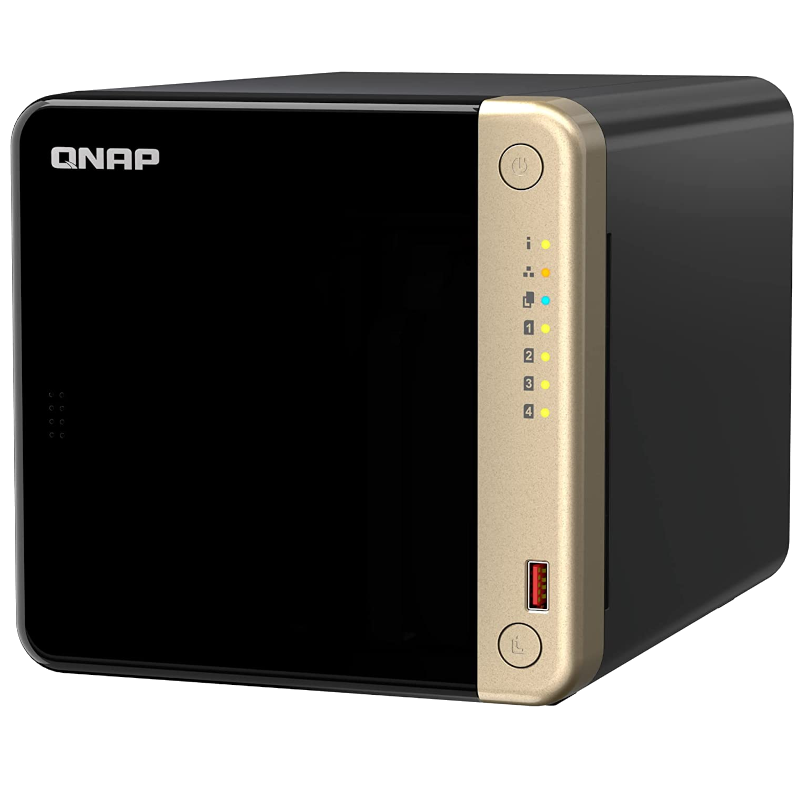
Brand QNAP
CPU Intel Celeron N5095
Memory 8GB DDR4 (max. 8GB)
Drive Bays 4
Expansion 2x M.2 PCIe 3.0, 1x PCIe Gen 3 x2
Ports 2x 2.5 GbE, 2x USB-A 3.2 Gen 2, 2x USB-A 2.0, 1x HDMI
QNAP's TS-464 is an impressive four-bay NAS with a striking design, powerful internal specs, and IR support for a remote control. If you're looking for the best-equipped NAS for running Plex (or other media solutions) without spending a small fortune, this is the NAS for you.
.png)
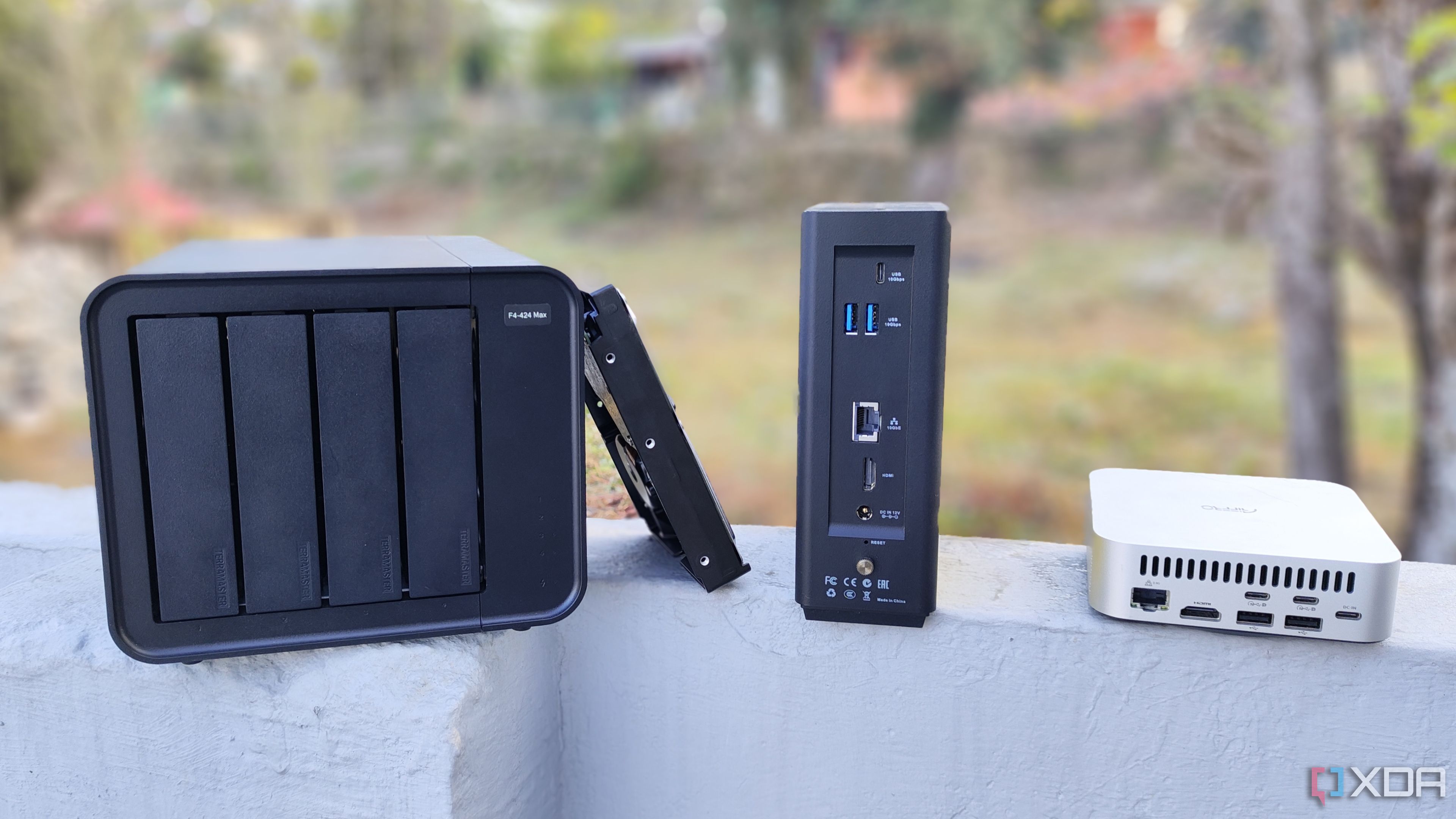
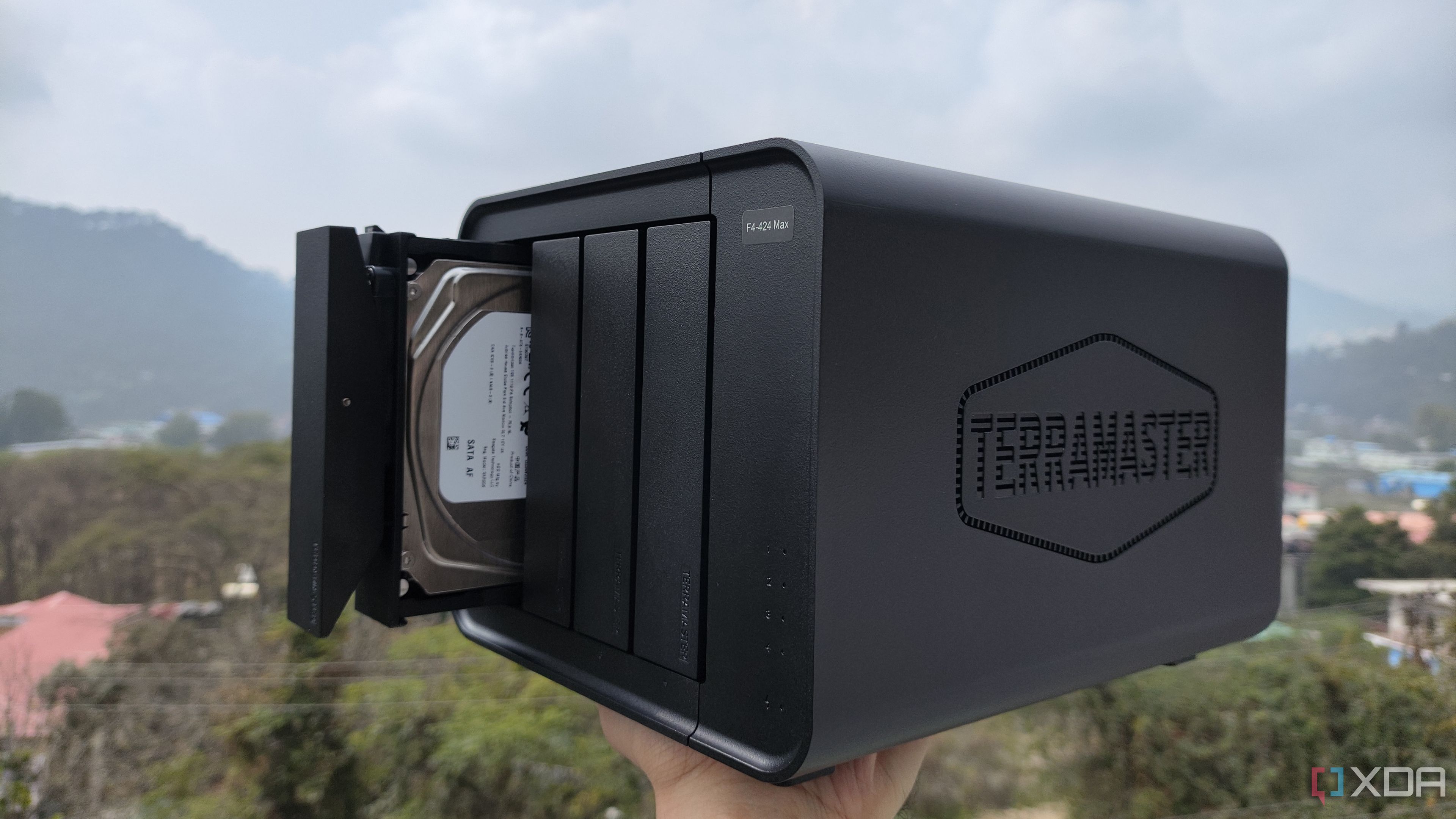


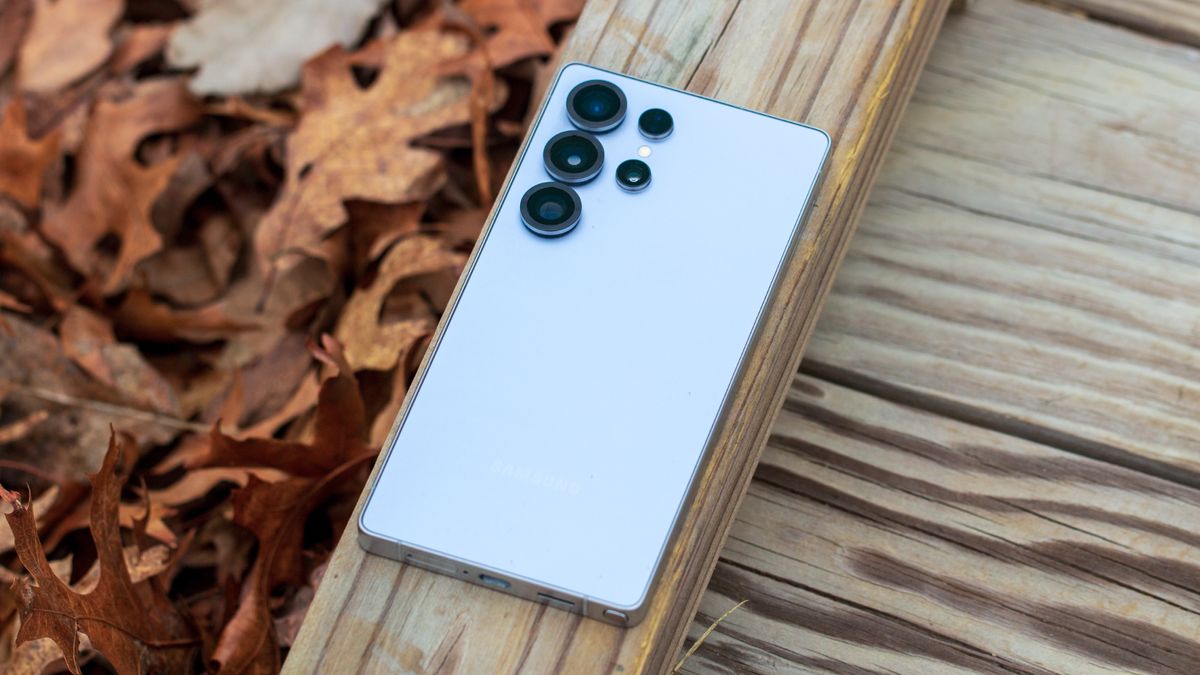







 English (US) ·
English (US) ·